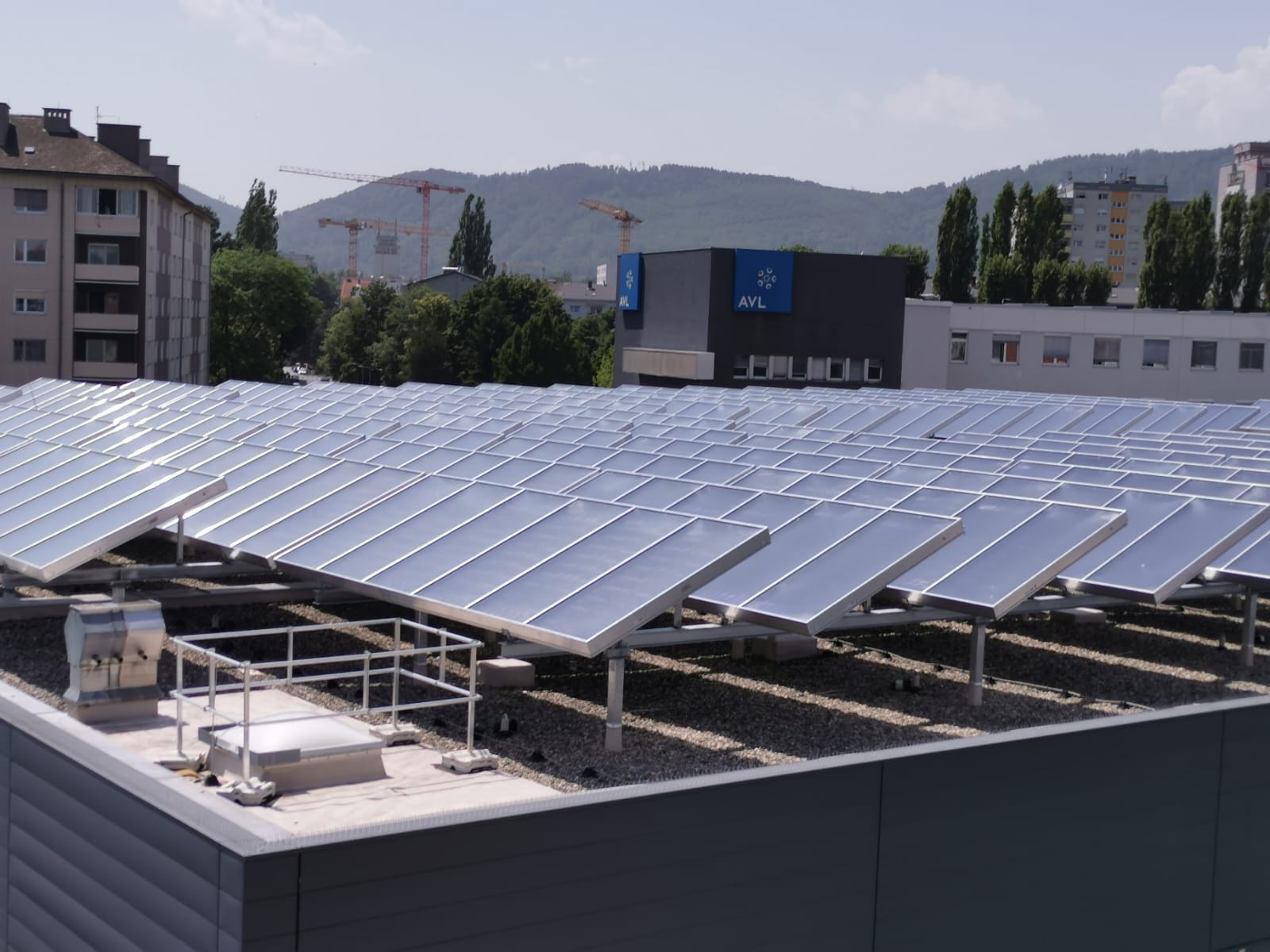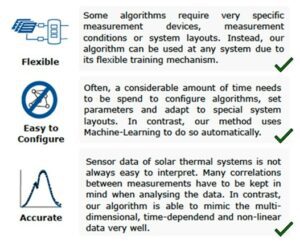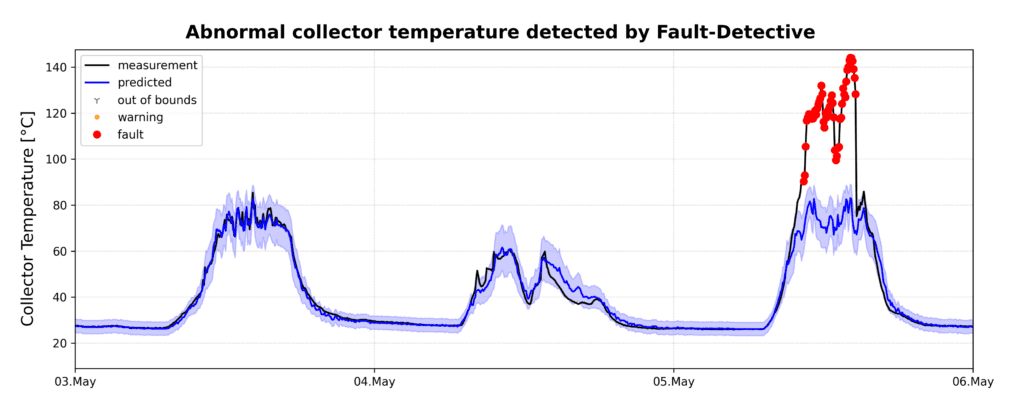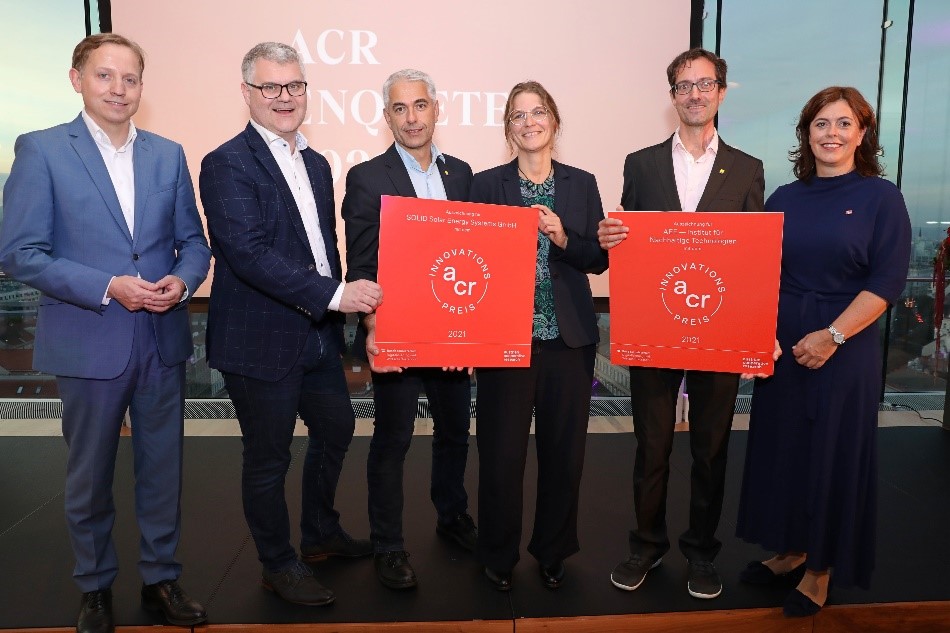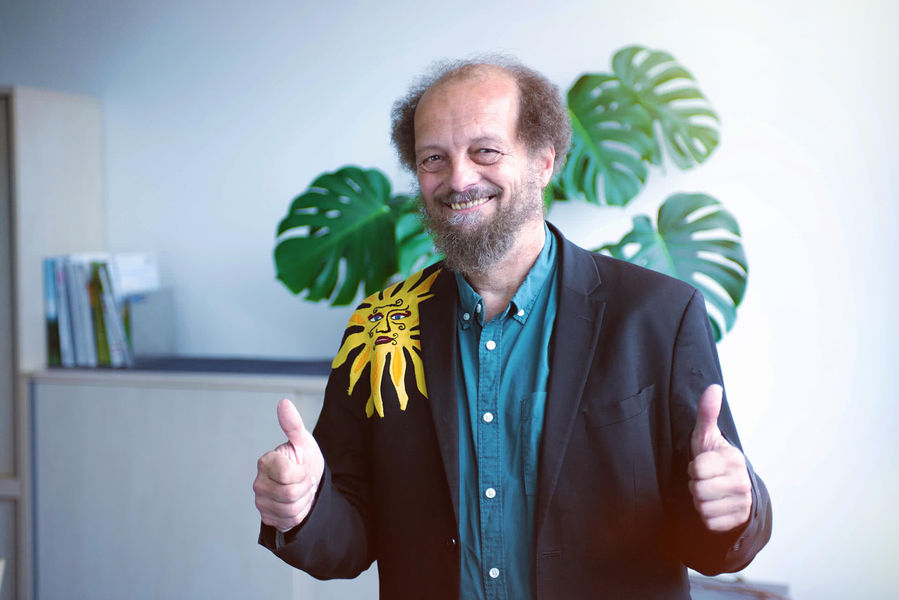SOLID has already been working in the field of monitoring and plant operation for decades. The SOLID group accompanies its customers all the way from engineering to plant construction and operation & maintenance. Their large-scale solarthermal plants yield millions of kilowatthours every year, and hence it is crucial that faults are detected as early as possible.
The new algorithm is very important to ensure the quality and speed of fault detection, as more and more plants need to be monitored. While manual data analysis is time-consuming and requires considerable expert knowledge, automatic approaches may help detect faults more cost-effectively.
In this regard, Fault-Detective provides a scalable solution: Using machine learning, it allows to automatically spot any abnormal system behavior. The main advantage over other algorithms is that Fault-Detective can be applied very easily. As the algorithm is purely data-driven, it can be used at any solar-thermal plant and only requires some monitoring data. All other information is automatically extracted based on the measurements.
How it works?
The algorithm uses a four-step approach.
- Find correlations
In the first step, a small portion of the historical data (~1 week) is analyzed to identify correlations between sensor measurements. In principle, this step allows Fault-Detective to understand the structure of the system.
- Create models
In the second step, machine learning is used to model the correlation between sensors. After this, sensor values can be predicted based on the data of the related sensors. Put in another way, Fault-Detective models the relations between the parts of the system.
- Detect anomalies
In the third step, these models are used to detect abnormal system behavior during the system’s operation. As soon as new data from the system is available, predictions for the sensor values can be generated. If the predictions (expected system behavior) and measurements (actual system behavior) differ too much, this indicates that a problem occurred at the plant.
- Retraining
Finally, one last step is needed to keep the models of the system up to date. This step is required as normal system operation might change over time – for example, if operating conditions are adjusted seasonally or if parts of the system are replaced or added. Hence, models are updated frequently.
Examplary results
In this case, Fault-Detective is used to monitor the temperature of a collector array. On the first two days, the prediction (blue line) matches the measurement (black line) quite well. However, on the third day, the temperature rises unexpectedly. Fault-Detective can correctly detect this deviation (red dots) early even before the temperatures increase above 100°C.
What makes the fault detection algorithm so unique

Lukas Feierl, Data Scientist bei SOLID:
“Es war eine große Herausforderung, Fault-Detective zu entwickeln. Aber jetzt ist es großartig, die Früchte unserer Arbeit zu sehen, und ich freue mich auf die nächsten Schritte zur kommerziellen Nutzung des Algorithmus.”

